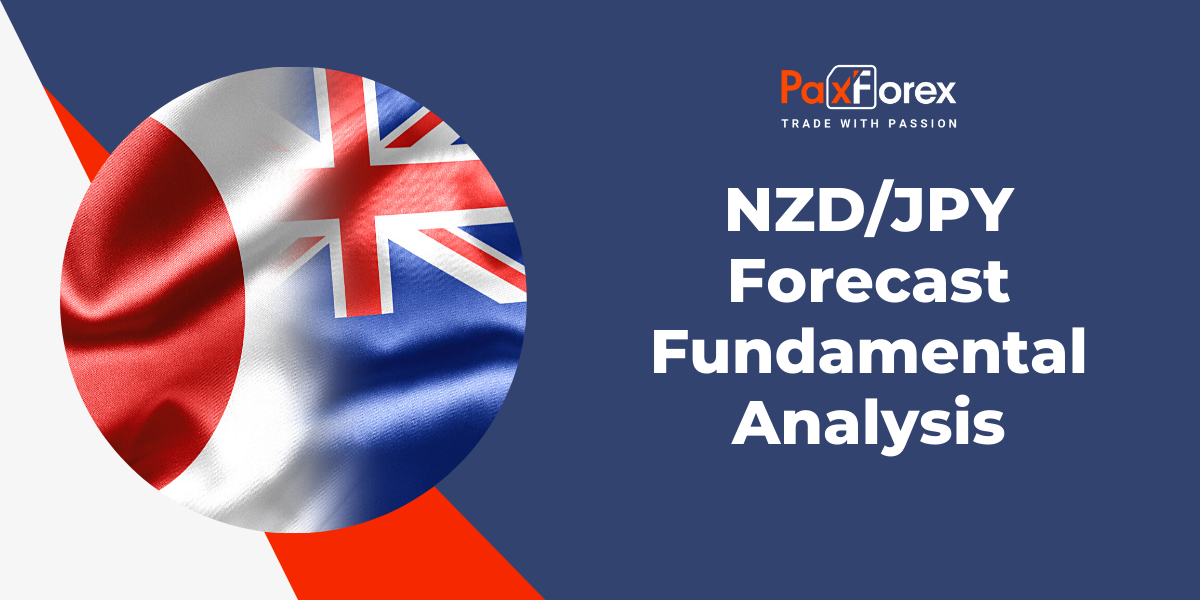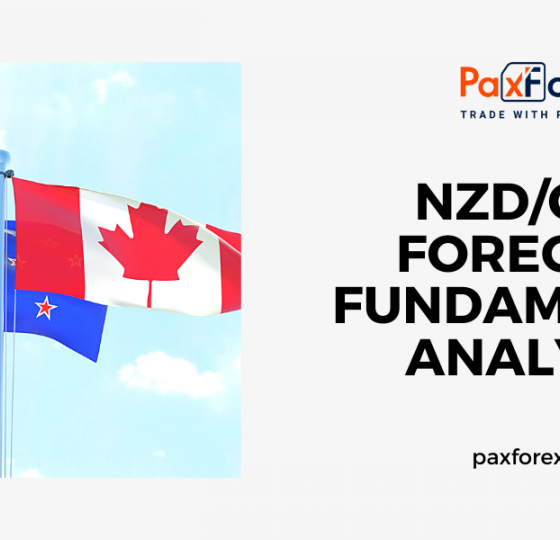
Source: PaxForex Premium Analytics Portal, Fundamental Insight
The New Zealand Business PMI for September came in at 45.3. Forex traders can compare this to the New Zealand Business PMI for August, reported at 46.1.
New Zealand Electronic Retail Card Spending for September decreased by 0.8% monthly and expanded by 1.6% annualized. Forex traders can compare this to New Zealand Electronic Retail Card Spending for August, which rose by 0.6% monthly and 4.2% annualized.
The Chinese CPI for September rose by 0.2% monthly and was flat at 0.0% annualized. Economists predicted an increase of 0.3% and 0.2%. Forex traders can compare this to the CPI for August, which expanded by 0.3% monthly and 0.1% annualized. The Chinese PPI for September dropped by 2.5% annualized. Economists predicted a contraction of 2.4%. Forex traders can compare this to the Chinese PPI for August, which decreased by 3.0% annualized.
The Chinese Trade Balance for September came in at $77.71B. Economists predicted a figure of $70.00B. Forex traders can compare this to the Chinese Trade Balance for August, reported at $68.36B. Exports for September plunged by 6.2% annualized and Imports by 6.2% annualized. Economists predicted a drop of 7.6% and 6.0%. Forex traders can compare this to Exports for August, which contracted by 8.8% annualized, and Imports by 7.3% annualized.
The China Thomson Reuters IPSOS Primary Consumer Sentiment Index for October came in at 78.01. Forex traders can compare this to the China Thomson Reuters IPSOS Primary Consumer Sentiment Index for September, reported at 72.38.
Foreign Buying of Japanese Bonds for the period ending October 7th came in at ¥183.4B, and Foreigners Buying of Japanese Stocks at ¥1,436.1B. Forex traders can compare this to Foreign Buying of Japanese Bonds for the period ending September 30th, reported at ¥297.1B, and to Foreigners Buying of Japanese Stocks at ¥71.0B.
Japanese Money Stock M2 for September increased by 2.4% annualized, and Japanese M3 Money Supply came in at ¥2,114.9T. Forex traders can compare this to Japanese Money Stock M2 for August, which rose by 2.4% annualized, and Japanese M3 Money Supply, reported at ¥2,112.2T.
The Japan Thomson Reuters IPSOS Primary Consumer Sentiment Index for October came in at 38.06. Forex traders can compare this to the Japan Thomson Reuters IPSOS Primary Consumer Sentiment Index for September, reported at 38.58.
The forecast for the NZD/JPY remains bearish after this currency pair recorded a lower high and began to retreat. The Kijun-sen and the Tenkan-sen are flat, while the Ichimoku Kinko Hyo Cloud began to narrow, suggesting more volatility ahead. Traders should also monitor the CCI following its double breakdown from extreme overbought territory and below zero. This technical indicator has plenty of downside potential. Can bears maintain control over the NZD/JPY and force price action into its horizontal support area? Subscribe to the PaxForex Daily Fundamental Analysis and earn over 5,000 pips per month.
Should price action for the NZD/JPY remain inside the or breakdown below the 88.300 to 88.900 zone, PaxForex recommends the following trade set-up:
- Timeframe: D1
- Recommendation: Short Position
- Entry Level: Short Position @ 88.500
- Take Profit Zone: 85.950 – 86.600
- Stop Loss Level: 89.250
Should price action for the NZD/JPY breakout above 88.900, PaxForex recommends the following trade set-up:
- Timeframe: D1
- Recommendation: Long Position
- Entry Level: Long Position @ 89.250
- Take Profit Zone: 89.800 – 90.200
- Stop Loss Level: 88.900
Open your PaxForex Trading Account now and add this currency pair to your forex portfolio.













